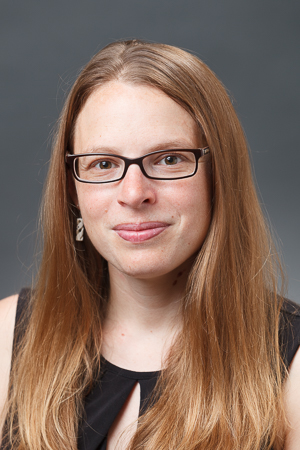Faculty Profile
Alyson Thibodeau
Associate Professor of Geosciences (2015)Contact Information
on sabbatical 2025-26
Kaufman Hall
--
Bio
Dr. Thibodeau uses isotopic measurements to decipher both the geologic and human past. In particular, she applies metal isotopes (Pb, Sr, Hg, U-Pb) as both tracers and chronometers of earth surface process and to questions of provenance, especially in archaeology. Her current and past research areas include: the fate and source(s) of trace metals (e.g., lead and mercury) in the environment, links between massive volcanism and mass extinctions in the geologic record, and determining the age of past fluid migration within potential repositories for nuclear waste. She also applies isotopic tracers to identify or constrain the geologic sources of minerals, metals, and ceramics found in the archaeological record. To date, much of her work has focused on using isotopes to reconstruct the mining and exchange of turquoise by pre-hispanic groups in both the Southwest United States and Mexico.
Education
- B.A., Amherst College, 2004
- M.S., University of Arizona, 2006
- Ph.D., 2012
